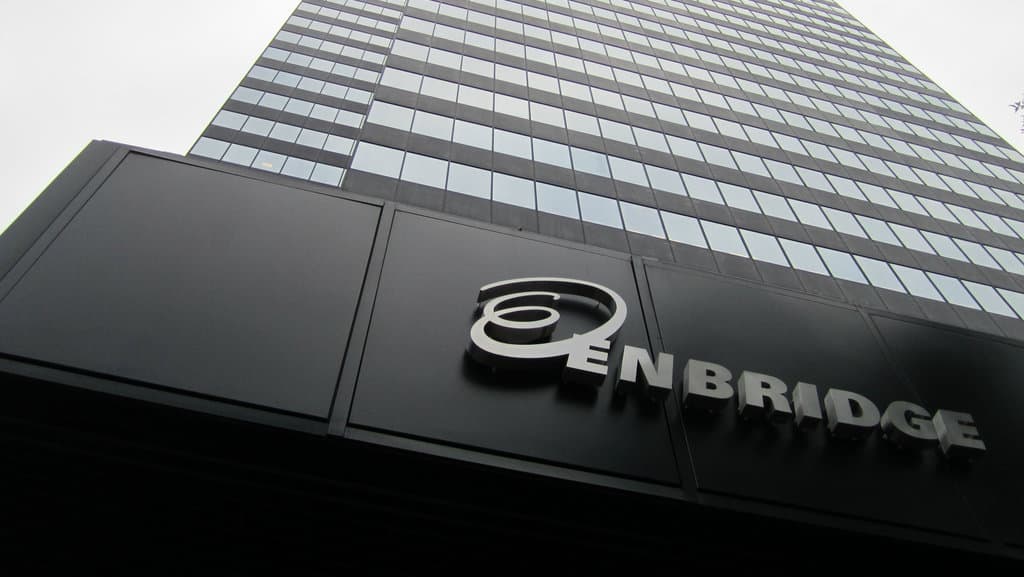Enbridge Inc. (TSX:ENB)(NYSE:ENB) recently made a new 52-week low at the end of November, at one point falling below the $44 mark.
It seems investors are still adjusting to the company’s acquisition of Houston-based Spectra Energy, which made Enbridge one of the largest energy infrastructure companies in North America.
The deal, which was completed in late February this year, cost Enbridge shareholders $37 billion in a stock-for-stock exchange that saw each unit of Spectra stock converted to 0.984 of one Enbridge share.
Combining Spectra’s assets under the umbrella of Enbridge will go a long way to diversifying the new combined entity.
Up until the completion of the deal, Enbridge was largely focused on the transportation of crude liquids. After the deal, Spectra brings a business focused on the transportation of dry natural gas.
The company’s business is largely insulated from changes in commodity prices and the volume of shipments, owing the nature of its long-term, fixed-price contracts, yet the addition of Spectra’s natural gas business will help to balance Enbridge’s exposure to the level of crude oil prices should they remain lower for longer and cause exploration and development companies to delay new investments.
Long term, Enbridge is a better company following the deal.
That’s the good news.
The bad news is that in reporting third-quarter earnings, the company softened its guidance as to the pace of future dividend increases.
In earlier reporting, Enbridge had guided for annual dividend increases of between 10% and 12% from 2017 to 2024; however, in reporting Q3 results, it failed to confirm that previous guidance, suggesting the company was going to wait until the company’s Investor Day in December.
That type of announcement naturally makes investors nervous, and the result was that shares slid 4% as the news made its way to market and continues to fall — more than 10% total — before trading in the shares picked up.
Perhaps the problem is that while the company has a strong pipeline of growth projects that should help deliver returns in 2018 and 2019, there is not much visibility as to what will drive the company’s growth in the next decade.
If fears are true, that Enbridge is transitioning from a growth stock to more of a utility-type stock, some investors will be looking to part ways, as the new strategy no longer fits their investment mandate.
During the company’s prominent rise over the past +25 years, Enbridge shares have typically traded at growth multiples, notably a five-year average price-to-earnings (P/E) multiple of 66 times, and its average five-year dividend yield is 3.1%.
Now, if growth is slowing, investors can expect the company’s P/E multiple to come down and the dividend yield to rise.
Bottom line
Enbridge would have made the perfect investment for an RRSP back in the early 1990s. It was a buy-and-forget type of stock that would sit in your portfolio, generating compounded returns. It seems it may not be so simple anymore.
But, as they say, “it’s not over until the fat lady sings,” and those calling for an end to Enbridge’s run may be premature.
Enbridge shares still offer an attractive 5.3% yield today, which is well supported by strong cash flows and oncoming projects.
Income investors looking to collect a reliable dividend yield may still find value in the company’s shares, while long-term investors may be well advised to look elsewhere.
Stay Foolish.









